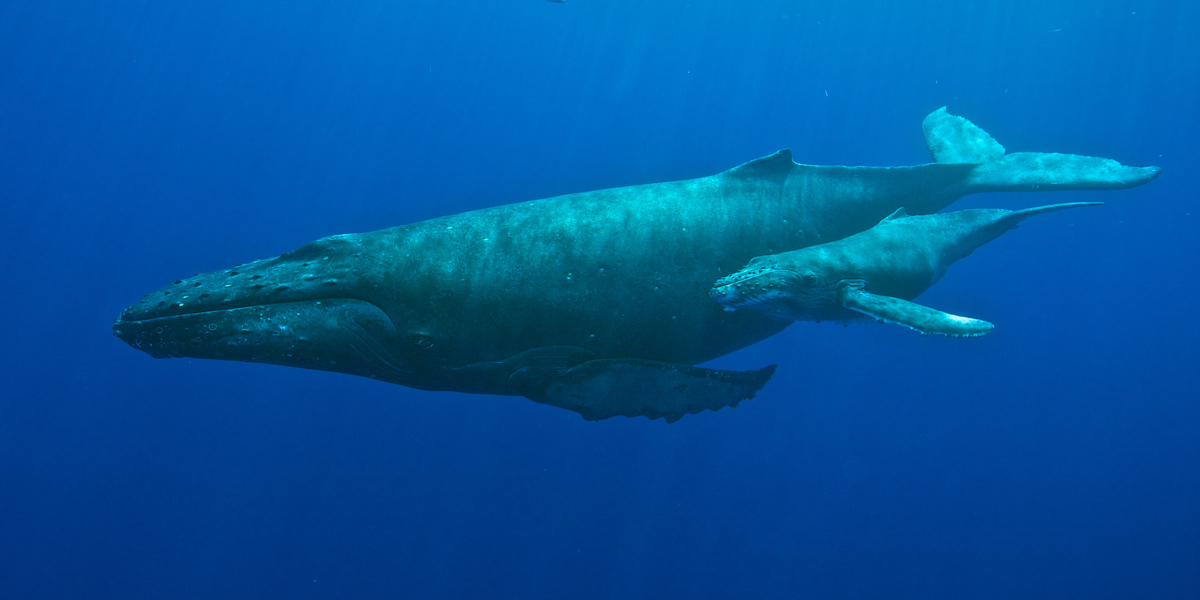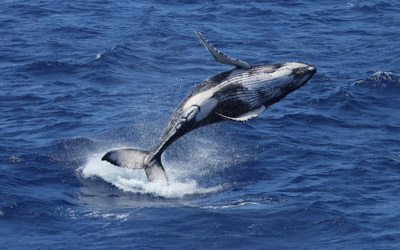News
Papahānaumokuākea celebrates Whale Week 2022

Whale Week 2022 is February 14-20, and the Monument celebrates our koholā (humpback whale) residents and the research that has confirmed their choice to call Papahānaumokuākea home.

For years, it was commonly thought that humpback whales did not have a presence in the Monument. Research in 2007 documented for the first time breeding and calving activity of humpback whales within Papahānaumokuākea.
While visual surveys of whales and dolphins were conducted by NOAA and its partners throughout the archipelago in 2002, 2010, and 2017, these are snapshots in time and do not always occur at the height of the whale season.
Since 2006, researchers have used passive acoustic methods to monitor long-term trends in biological and anthropogenic activities in Papahānaumokuākea. The use of acoustic tools to record sounds in aquatic environments is important for monitoring biological activity in remote habitats. Along with dolphin and fish signals, the song of humpback whales has been recorded, indicating significant numbers of koholā.
In 2020, the Wave Glider, a remotely operated surface vehicle, traveled 2600 miles over 67 days, recording the presence of koholā throughout the monument. Scientists used this new tool in their quest to study humpback whales as part of NOAA and the U.S. Navy’s Sanctuary Soundscape Monitoring Project, also known as SanctSound.
We celebrate our koholā for Whale Week 2022!



